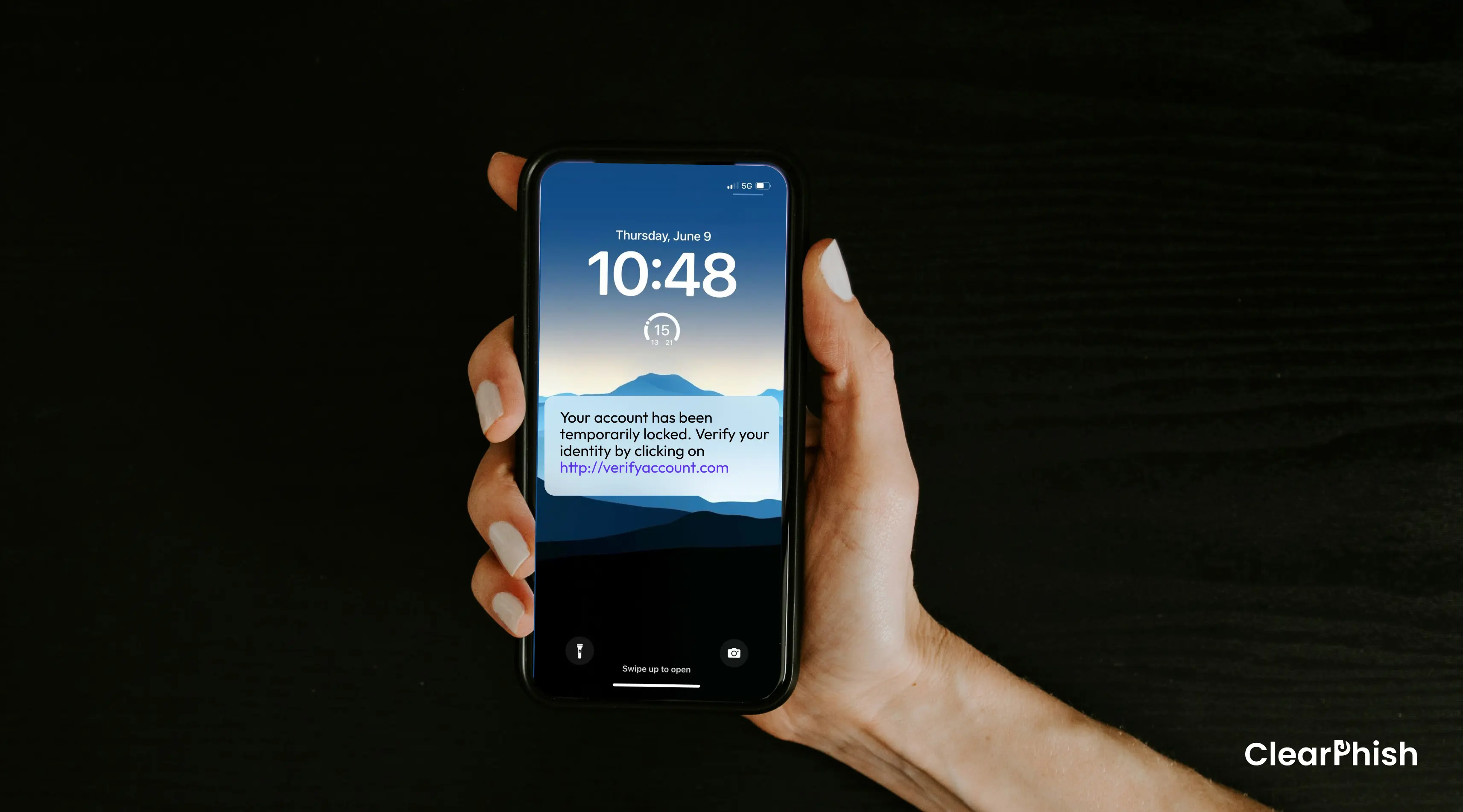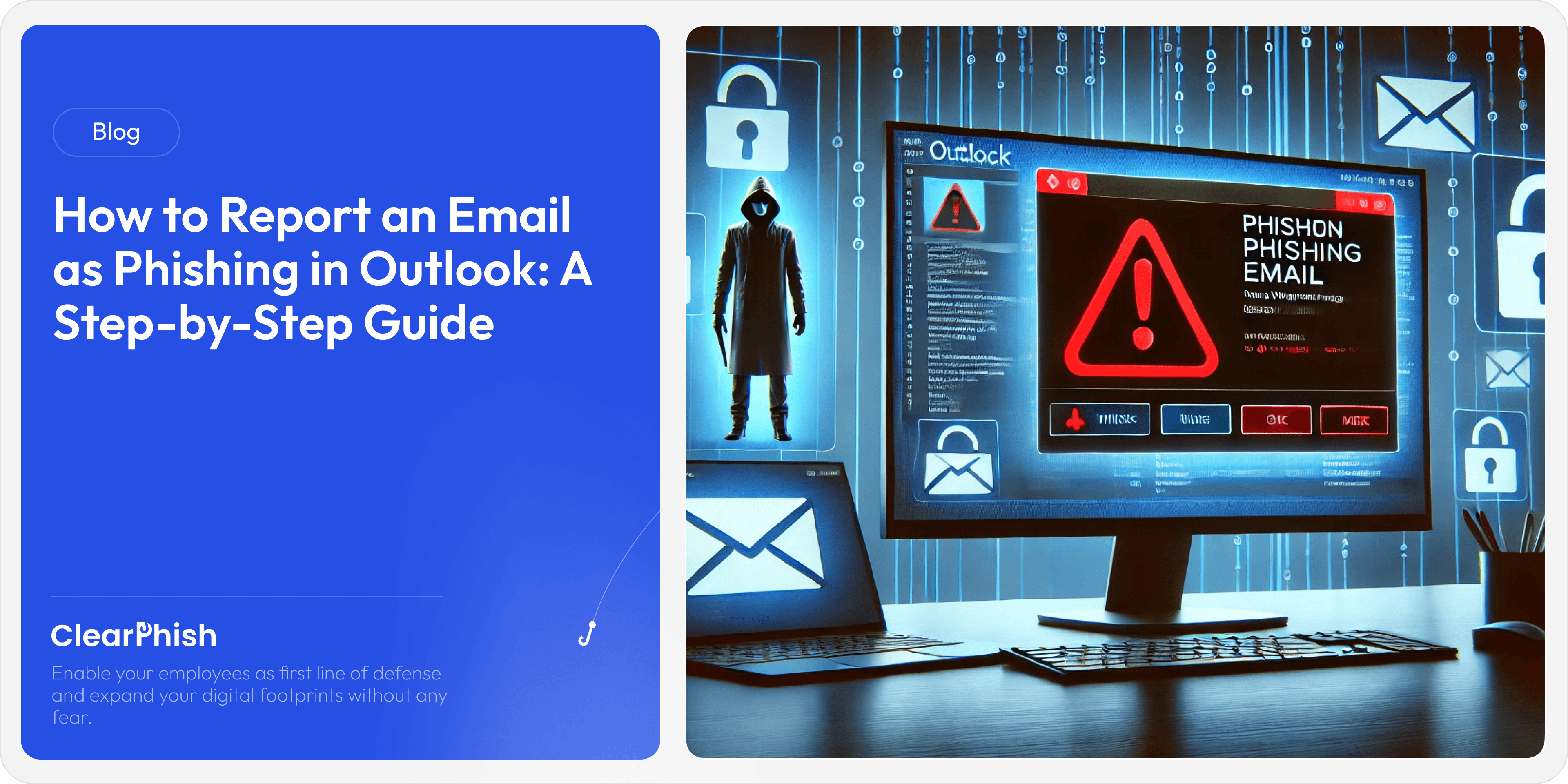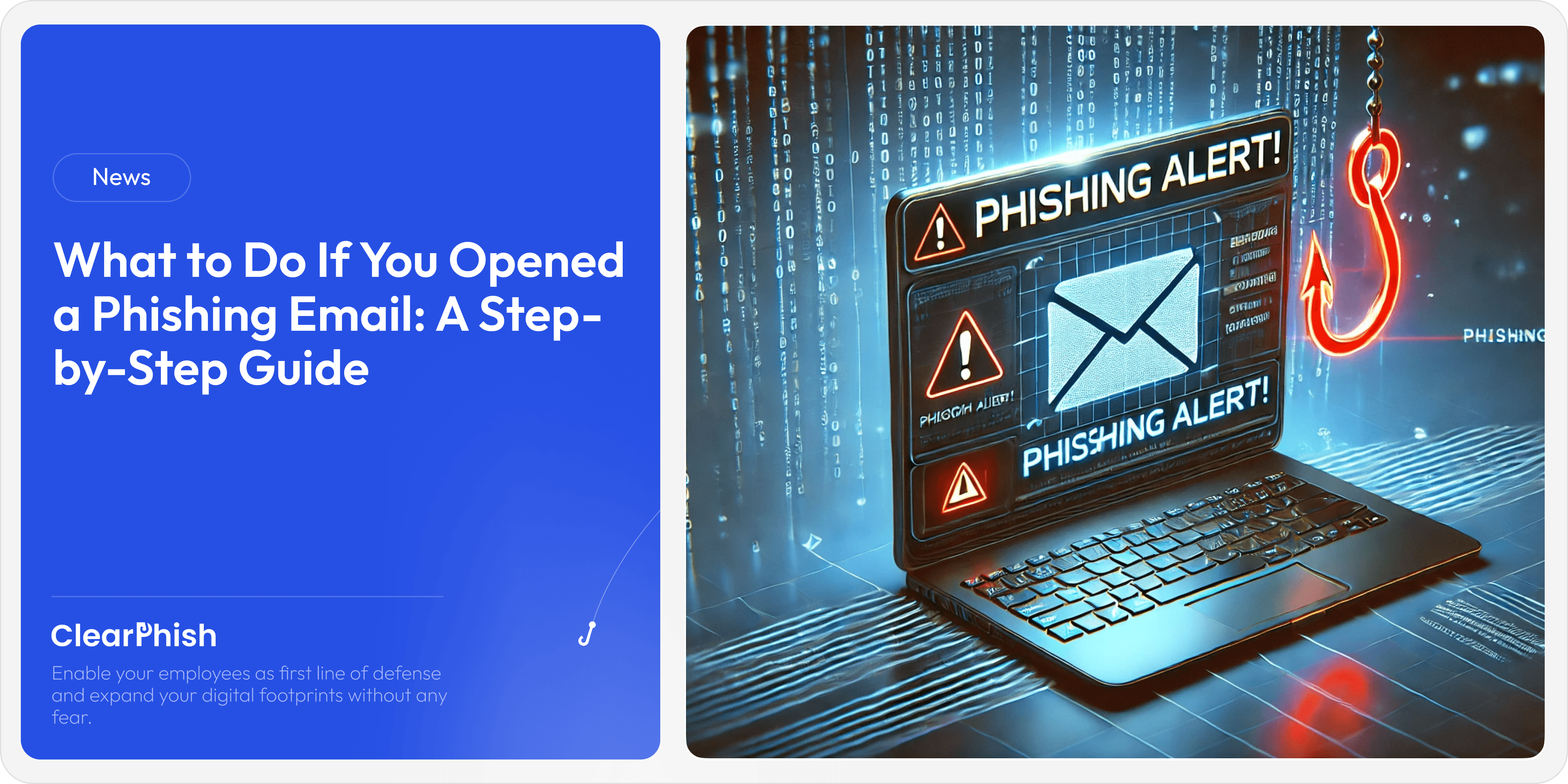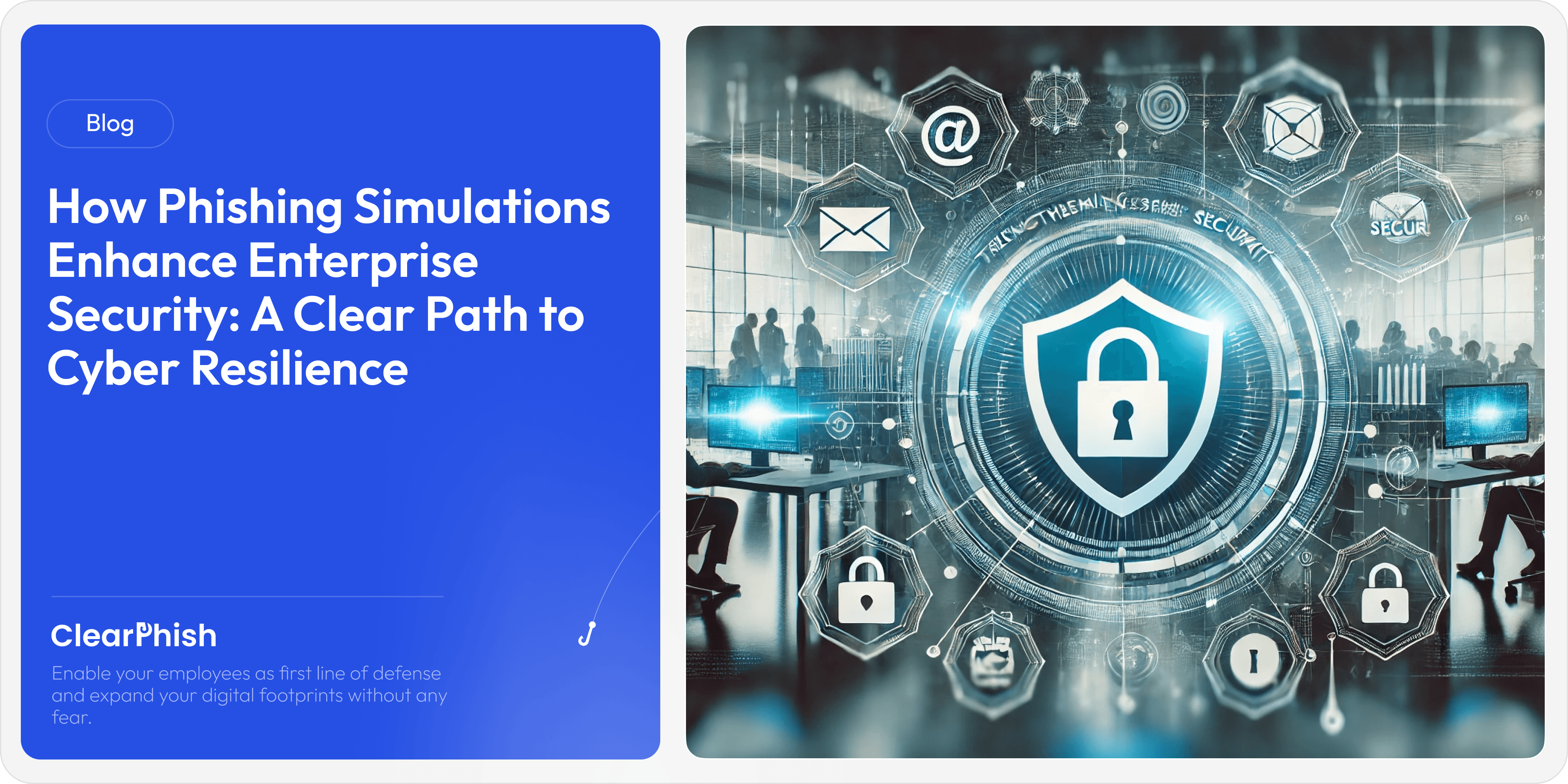Smishing: The New Face of Digital Fraud
Sep 30, 2024
Smishing – a funny-sounding term, but there's nothing funny about its consequences . With more people depending on mobile devices for everyday activities, smishing has emerged as one of the most effective tactics for cybercriminals which is yielding immediate results for them. Now a days, cyber criminals are finding it very easy to hook up someone through mobile SMS. Let us explore what smishing is, how it exploits human nature and technology, and how you can protect yourself and your organization.

What is SMS?
SMS (Short Message Service) allows short text communication over mobile networks. SMS are the most common way between two individuals or group of individuals to communicate with speed. SMS are being used for personal connects, professional updates in enterprises, OTP to get access to various services, authentication codes, receiving alerts about your package delivery etc. While SMS has made communication more efficient, it has also opened a door for cybercriminals to exploit.
Why is Smishing So Popular?
Smishing has gained popularity among hackers and adversaries because it exploits three key things: first is human psychology, second is technology, third is awareness. People tend to trust SMS messages more than emails because they feel more direct and personal. Unlike email inboxes which have hundreds of emails and navigation is tough, the SMS often get immediate attention because of few touches on your mobile phone. This psychological inclination and easiness to access SMS, combined with the technological gap in SMS security and lacking awareness about Smishing, makes smishing an attractive tool for attackers.
SMS looks fun 😉, but they pose significant threat if you are not aware about attacks via SMS.
Exploiting Human Trust
Humans trust the relations and communication from their network of people, so social engineering tactics plays a significant role in smishing and helps hackers. When a SMS appears to come from a bank where receiver has banking relations or from a government institution from where the receiver was expecting communication, or from any service provider whose services are frequently used by the person, the specially crafted SMS with urgency (e.g., "Your account is locked! Click to verify", “Delivery attempt has been made, click here to reschedule”) taps into our natural instinct to act quickly on that SMS. This tactic is especially effective to get attention by spreading misinformation or prompting hasty decisions, making smishing one of the most dangerous forms of cyber fraud in todays time.
Low Costs and High Returns for Hackers
Hackers needs only minimal resources to run a smishing campaign. Hackers can use various easily available online platforms to send bulk messages to their target audiences and often find it successful. This low-risk, high-reward scenario is why hacker groups like Scattered Spider, FIN7, and APT groups have adopted smishing to steal sensitive information from corporates and individuals.
Smishing: A Favourite Among Hacker Groups
Known hacker groups like Lazarus Group and Fancy Bear (APT28) have used smishing as part of larger campaigns targeting high-profile and high net worth individuals and organizations which have sensitive intellectual property. One such attack was the "COVID-19 Relief Fund" scam, where individuals in western part of world received SMS asking for personal information to release pandemic-related financial funds into their bank account. The information collected was then used to infiltrate into their bank accounts and even in enterprises systems, leading to multiple cybersecurity incidents.
Five Real-World Examples of Smishing
Smishing doesn't just affect individuals; it has deadly consequences for enterprises, leading to sensitive data breaches and financial loss. Let’s talk about five types of SMISHING attacks which are commonly used:
1. Bank Account Alerts Gone Wrong
Imagine you receive a text that says, "Your account has been temporarily locked. Verify your identity by clicking on http://verifyaccount.com." You will be panicked because your account has money in it and you will click the link, you may share your account details, and within minutes, the hackers gain access to your bank account.
In 2022, a well-known bank faced a smishing campaign where thousands of customers received such SMS. Many customers of that bank clicked on the malicious link in SMS and entered their online banking credentials, allowing hackers to siphon funds directly from their accounts with ease.
Cybercriminals often pose as banks officials, sending SMS messages stating, "Your account has been compromised. Click here to verify your identity." In one major incident in 2022, FIN7, a known hacking group, launched a smishing campaign targeting a large American bank's customers. Victims who clicked on the provided link were directed to a fake website designed to capture their login credentials. The group then used this information to siphon off millions from accounts, demonstrating how smishing can lead to devastating financial loss.
2. Package Delivery Scams – The E-commerce Trap
In 2023, a well-known e-commerce platform witnessed a significant rise in smishing attacks on its clients. Website customers have received fake delivery notifications, such as, "Your package is waiting for confirmation. Please update your details: [suspicious link]."
The suspicious link was redirecting to phishing websites that looked identical to that legitimate e-commerce website. The fake sites prompted users to "log in" or "verify" their shipping information. Unfortunately, when individuals entered their personal details unknowingly, the hacker gained unauthorized access to their accounts, leading to fraudulent purchases and, in some cases, data breaches.
The surge in these smishing attacks illustrates how cybercriminals exploit habits like expecting shipping notifications. In one notable attack, customers were lured into a fake tracking website where the attackers siphoned personal data, including financial information. This led to unauthorized transactions and caused widespread damage—both financially and reputationally—to the company involved and its customers.
By preying on common behaviors, cybercriminals have found new ways to infiltrate personal data, reminding us all to be wary of unsolicited messages and always verify before clicking on any links.
3. COVID-19 Relief Fund Scams – Exploiting Uncertainty
During the peak of the COVID-19 pandemic, various governments has announced a social aid for their citizens who were deeply impacted financially. The cybercriminals targeted those individuals with messages offering relief funds. "Get your $1,000 COVID-19 relief fund now. Click here to apply: [malicious link]." Hacker groups like Scattered Spider were found behind many of these campaigns. Citizens who clicked the links were taken to fake websites that mimicked government portals, where they entered sensitive information like Social Security numbers, exposing themselves to identity theft.
This type of attack didn't just impact individuals. Organizations handling large amounts of sensitive personal data became targets of data breaches. Attackers used the stolen information to infiltrate company networks, extract valuable data, and demand hefty ransoms for its return.
The infamous group Lazarus took advantage of global uncertainties by sending smishing messages asking recipients to "apply for financial aid." Unsuspecting individuals who clicked the link were directed to a phishing page asking for personal and banking details. The data was then exploited for various fraudulent activities, demonstrating how smishing campaigns can have widespread effects, from individual identity theft to corporate data breaches.
4. Tax Refund Scams – A Timely Threat
"Congratulations! You're eligible for a tax refund. Click here to claim: [suspicious link]."
Yearly tax filling has always been a prime time for smishing attacks. Cybercriminals send messages pretending to be from tax authorities, directing victims to fake websites where they ask for personal and financial details.
One major attack in 2022 targeted the employees of a multinational corporation. After gaining access to their tax-related data, attackers used this information to launch further spear-phishing attacks, impersonating tax authorities and extracting even more sensitive corporate data. This led to a large-scale data breach affecting not just the company but its clients as well.
5. Job Offer Scams – The Wolf in Sheep's Clothing 🧑💼
Imagine being a job seeker and receiving an SMS stating, "Your application has been accepted! Click here for onboarding: [suspicious link]." Many falls for such scams, especially when desperate for employment.
A recent case involved a Fortune 500 company where attackers impersonated the HR department and sent smishing messages to job applicants. Once applicants clicked the link, they were prompted to enter personal details, which were then used to create fake employee profiles. This allowed attackers to launch internal phishing attacks within the company, compromising its internal systems and sensitive data.
Another form of custom smishing attack exploits human want to get job immediately. A mass scale smishing attack in 2023 targeted job seekers "You've been shortlisted for an exciting job opportunity. Click here to start the onboarding process." Victims provided their personal details, including Social Security numbers and bank details.
How Smishing Impacts Organizations
Smishing attacks aren't limited to individuals; they can pose serious impacts on organizations. When employees fall for smishing attacks, they may end up providing attackers access to company networks, leading to data breaches, loss of intellectual property, financial loss, and even reputational damage in business world.
And Once the Trust is Lost, You Lose it All!
Smishing incidents can also escalate into broader cybersecurity threats such as ransomware attacks, where cybercriminals demand payment in exchange for releasing company data. In some cases, companies face regulatory fines for failing to protect consumer data, significantly impacting their bottom line. We have seen numerous cases where company management has paid hefty ransom to hackers.
Defenses Against Smishing
Fighting with smishing attacks requires a multi-layered approach. Here’s how individuals and organizations can solidify their defenses:
1. Be Skeptical of Unknown Numbers
If you receive a message from an unknown number asking for personal information or urging you to click a link, be highly cautious. Validate the authenticity by contacting the sender through official channels.
2. Verify Directly with the Source
Always verify suspicious messages by contacting the company or person directly using verified contact details. Avoid using the contact information provided in the message, as it may be part of the scam.
3. Don’t Share Sensitive Information via SMS
Legitimate companies will never ask for sensitive information like passwords, Social Security numbers, or OTPs over SMS. Educate your employees about this as part of a comprehensive cyber awareness program.
4. Use SMS Filtering and Blocking Tools
Most modern smartphones have built-in spam filtering tools. Use these features to block messages from unknown numbers or numbers flagged as suspicious.
5. Enable Two-Factor Authentication (2FA)
While 2FA is a valuable security layer, be vigilant about 2FA-related smishing attempts. Educate employees to never share OTPs over SMS, as attackers often pose as legitimate entities to bypass 2FA.
6. Regular Employee Training
Awareness is key. Regularly train employees using platforms like ClearPhish, which provides engaging, cinematic modules to educate about the latest phishing techniques. This reduces the likelihood of employees falling for smishing attacks.
8. Report Suspicious Messages
Report smishing attempts to your mobile carrier and cybersecurity team. This helps raise awareness and prevents further incidents.
What To Do If You've Fallen For Smishing?
It happens to the best of us. If you've fallen victim to smishing:
Immediately Notify Your Bank: Contact your bank to freeze accounts if financial information was shared.
Change All Passwords: Change passwords for affected accounts, and avoid reusing passwords across different accounts.
Monitor Accounts for Unauthorized Activity: Keep an eye on your bank and online accounts for suspicious activities.
Report to Authorities: Inform local authorities and your organization’s cybersecurity team to take further action.
Next Generation Cyber Awareness Training Platform: Reach out to cybersecurity companies like ClearPhish who are offering next generation cyber awareness platform which hook employees to its cinematic training modules which are short, to the point and modern. The cyber awareness modules offered by ClearPhish have latest content and relates employees quickly to the modern attacks.
Next Generation Phishing Simulation: Adopt ClearPhish phishing simulation solution which provides custom and curated phishing templates unlike others who are still on conventional templates. ClearPhish templates are written by offensive security experts who know how an actual phishing email looks like.
Wrapping Up
Smishing is more than just a nuisance. It’s a significant threat that preys on human trust and urgency. By understanding how smishing works and taking proactive measures, you can significantly reduce the risk of falling victim to these cunning attacks. Organizations can elevate their defense mechanisms through employee awareness and investing in cybersecurity solutions like ClearPhish that specialize in phishing simulations and training.
Frequently Asked Questions
1. Can smishing infect my phone?
Yes! Smishing can infect your phone with malware, especially if you download attachments or click on malicious links. Always be cautious and avoid interacting with unknown senders.
2. Is smishing different from phishing?
Smishing is a type of phishing that occurs via SMS. While phishing can happen through various channels (email, social media), smishing specifically targets mobile users through text messages.
3. What should I do if I receive a smishing message?
Don't click on any links or provide personal information. Report the message to your mobile carrier and delete it. Verify the source directly if you're unsure.
4. How can ClearPhish help with smishing?
ClearPhish provides advanced phishing detection and awareness training. Their cinematic modules make it easy to understand and recognize the latest phishing techniques, equipping individuals and organizations to be more vigilant.
5. Can smishing target businesses?
Absolutely! Businesses are frequent targets of smishing, often aiming to steal sensitive corporate data or trick employees into transferring funds. Employee training on platforms like ClearPhish is essential to prevent these attacks.
6. Is there a way to block smishing attempts?
Yes, use built-in spam filtering on your phone, install security software, and be wary of unknown numbers. Additionally, regularly updating your phone's software helps protect against known vulnerabilities.
Stay vigilant and stay safe! Protect yourself and your organization from smishing scams by arming yourself with knowledge and the right tools.






